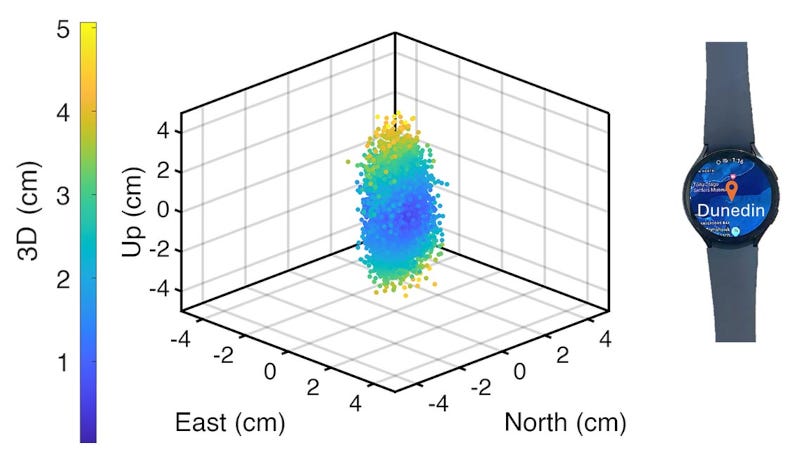Researchers Demonstrate Centimeter-Level Positioning Using Smartwatches
New Study Conducted by the University of Otago in New Zealand
Algorithms that improve the precision of location tracking in smartwatches have been developed by researchers at the University of Otago. Led by Associate Professor Robert Odolinski, a Visiting Researcher with Google from Otago’s School of Surveying, the research team demonstrated that a smartwatch determined its location with centimeter-level precision…
Keep reading with a 7-day free trial
Subscribe to The Journal of Space Commerce to keep reading this post and get 7 days of free access to the full post archives.



